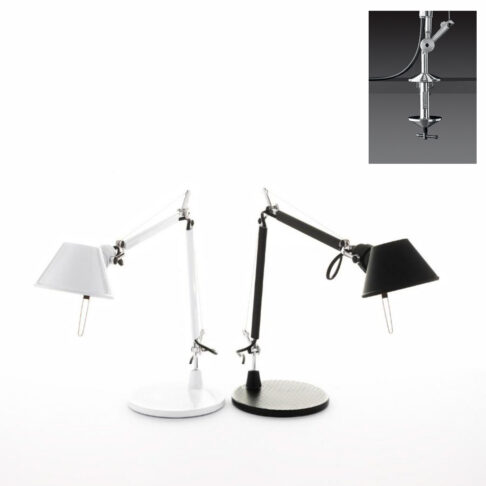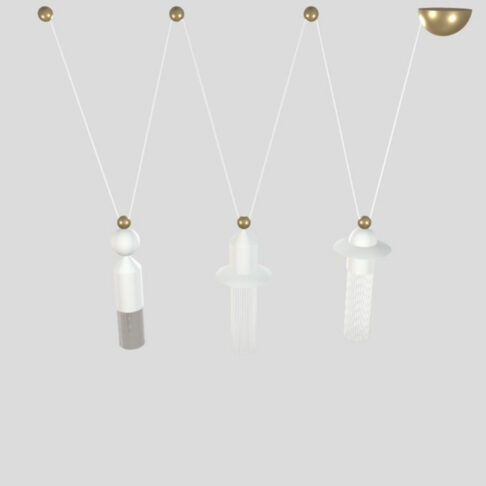LIGHTING UP A ROOM MIGHT SEEM AS AN EASY TASK AT FIRST – SWITCH ON THE LAMP AND THERE’S LIGHT IN THE SPACE! ACTUALLY, THE WRONG LIGHTING COULD CHANGE THE APPEARANCE OF THE WHOLE ROOM, AND NOT IN A POSITIVE WAY. WE ARE LISTING SOME FREQUENT MISTAKES, WHICH WE HAVE NOTICED BEING MADE WITH ELECTRIC LIGHTING AT HOME.
WRONG SIZE FITTING
One of the frequent mistakes, when choosing lighting fittings, is that the outcome is not thought trough enough before choosing the fittings. Hanging too small lamp or chandelier above a table doesn’t light up the area enough and it doesn’t look nice proportionally as well. Opposite example – huge lamp above the table or next to a small armchair in your reading nook affects the proportions of the room negatively. If the huge lamp is meant to be showy, it has to be well balanced with the rest of the room and after careful consideration, using the help from interior decorator or lighting expert, the result can be special and intentional.

Lighting manufacturers often offer same design in different sizes. With help from an expert you can choose the right size fitting for your space. Photo: Nur series from Artemide.
IT’S NOT POSSIBLE TO ADJUST THE LIGHT
One of the easiest, best and convenient solutions to many lighting problems is simple – dimming! This allows managing the power of the lights according to daylight, mood or activity. For example, too brightly lit room may ruin a nice, cosy dinner but for studying, playing or cleaning it is necessary to be able to make the room completely lit. This is where the dimmer comes in handy. Since you need to take into account that for lot of LED-lights the dimmer needs a different cable and switch on the wall, then it is always best to choose the fittings before the works start, so that the electrician will be ready for installing the fittings. With the dimmer you also save from electricity because very often we don’t need the lights in their maximum power.

NOT CONSIDER THE COLOUR AND MATERIAL OF THE WALL
Lux (luminance unit) from the lighting is calculated often by just using the square meters of the room and lumens (flux unit) from the light source but one very important factor is frequently forgotten – colour and material of the wall. In case the walls are white or bright, it reflects a lot of light back and the room is much lighter. At the same time, dark colours and rough or matte surface absorbs light and the same room needs stronger lighting in order to achieve the desired effect.

Vistosi – Futura. Dark wall is very effective but absorbs light. If that is taken into consideration and the lighting is planned accordingly, then it is not a problem.
LIGHT FITTINGS IN THE ROOM ARE ONLY IN THE CEILING
Frequent mistake that is made when doing lighting at home is using only ceiling- or downlights. That kind of lighting doesn’t make the room feel warm or give it any character. Also, this wastes electricity because the light doesn’t reflect back from the walls. Ceiling lamps are of course the easiest solution and required but in addition to that, floor, desk and wall lamps are also necessary. According to the function of the room they are practical, for example, in order to read on the couch, but they also provide additional value to the room as design and lighting. With accent lighting you can bring out art in the room, ornaments on the shelf or just play with the effects of the lights on the wall. When lighting the room, take into consideration mood, accent and work lighting, all combined together will provide the best result.

If you wish to have extra light with wall fitting but don’t have the necessary wire, the Artemide design fitting Flashit is the perfect minimalistic solution. It will be attached to the wall with a magnet and two magnets are provided with the fitting, which can be adjusted to different heights, in order to change the angle of the fitting according to need.
NOT CONSIDERING SHADOWS
Lighting fitting located incorrectly might, instead of a solution, cause a bigger problem. For example, when lighting a bathroom mirror, it would be reasonable to use fittings on both sides, in order to avoid shadows on your face. This doesn’t rule out using popular fittings above the mirror but in that case, it is advisable to use longer horizontal fitting to illuminate the face enough. The problem of shadows might come up elsewhere too, for example in the kitchen, when the lighting has been adjusted in way that when you stand by the counter, the shadow appears exactly where you need light during cooking. This problem is easily solved with built-in lights in the work-top.

LIGHTING FITTINGS ARE ON THE INCORRECT HEIGHT
In case the lamp is installed in the wrong height above the table, it can get in our way or cover the person sitting on the other side of the table. Depending on the lamp, the lighting installed too high might be nastily visible or making things uncomfortable by shining directly in the eye. Overall rule is that the bottom rim of the lamp should be around 70 cm above the table but you should still consider features of each fitting and seek advice from our consultants to get the best result. When you situate pendant lights in the middle of the room, you should consider the height of the light, height of the ceiling and room for hanging. When walking under the lamp, you shouldn’t feel like bowing down in order to not hit your head and at the same time, consider according to the design of the lamp, how much it needs so-called airspace, to not to lose its aesthetics.

TossB fitting Hoola is perfect to a place where you don’t want to cover up the view. Also, during installation, you can turn the fitting exactly as you wish.
NOT ENOUGH LIGHTING IN SMALL ROOMS
Not enough attention is turned to lighting spaces like storage rooms, technical rooms, wardrobes etc. Usually these rooms have one ceiling light, which creates shadows and dark corners. Those little rooms often have a lot of things we are looking for and good, strong lighting is essential. Also, we don’t spend a lot of time in those rooms, so you don’t need to be afraid of too much lighting. In those rooms we suggest using directable ceiling lights and if possible, LED strips and shelf lights, in order to get enough lighting in every part of the room.
NOT CONSIDERING COLOUR TEMPERATURE
We are used to pay attention to the watts (W) of the lamp and we do know how to evaluate luminosity in lumens (lm) but we often disregard colour temperature of the light, which, when used incorrectly, can turn the room lifeless, cold or colourless. Colour temperature of the light needs a separate blogpost but here are some general tips. The colour temperature of the lights depends on the colour of the walls, uses for the room and of course on personal taste. Colour temperature of the lights is K – kelvins and the bigger the number, the colder the light is. 2700-3000 K is warm, yellowish and cosy light and at home, we advise to use this interval. Naturally, subject to the use of the room, there are exceptions and for that, we can give advice in the shop.

Artemide lighting Algoritmo enables you to choose different colour temperatures, to combine them and change according to mood and function.



